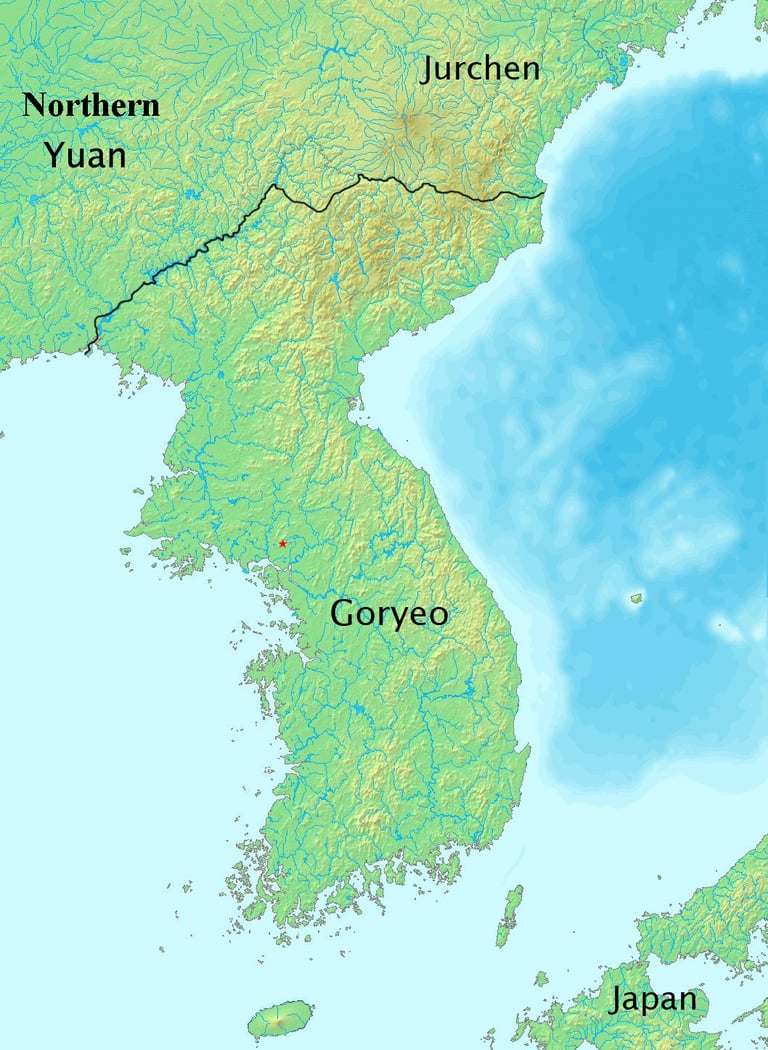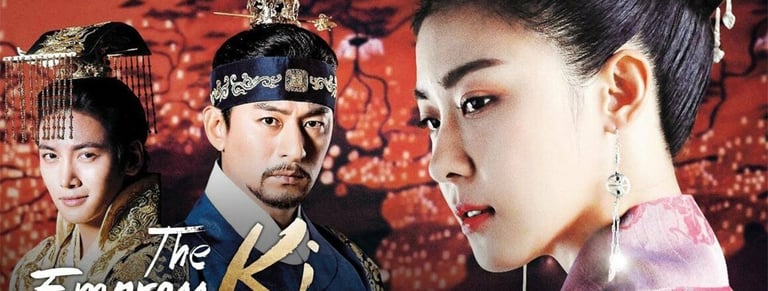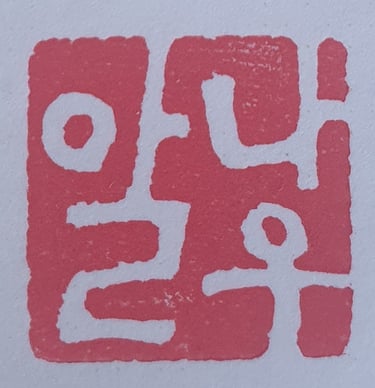The Kingdom of Goryeo


Balhae: the heir of Goguryeo
While Unified Silla ruled most of the Korean Peninsula, another kingdom was rising further north: Balhae. Founded in 698 by Dae Joyeong, a former Goguryeo general, Balhae saw itself as the true heir to the fallen kingdom. Its territory stretched across present-day Manchuria, parts of Siberia, and northern Korea, often in rivalry with Silla and the Tang Dynasty.
Balhae flourished for over two centuries, developing a rich culture that blended Korean, Chinese, and nomadic influences. Its capital, Sanggyeong, was a thriving city, and its advanced administration closely resembled that of Goguryeo.
However, in 926, a new power shifted the balance in East Asia. The Khitans, a formidable people from the west, invaded and destroyed Balhae. Many of its people sought refuge in the emerging kingdom of Goryeo, which would soon unify Korea once again.
Thus, the legacy of Goguryeo and Balhae did not vanish but instead lived on through Goryeo, the kingdom that would later give its name to Korea as we know it today.
Goryeo: the kingdom that gave Korea its name
In 918, during a time of political turmoil, a general named Wang Geon overthrew the kingdom of Taebong and established Goryeo. This new kingdom, named after the ancient Goguryeo, successfully unified Korea in 936, bringing an end to the Later Three Kingdoms period. It is from "Goryeo" that the modern name "Korea" originates.
A unified and powerful kingdom
Wang Geon, now King Taejo, implemented a stable political and administrative system, ensuring the integration of the people from the former kingdoms. He promoted Buddhism as the state religion, which greatly influenced the art and culture of the era. Goryeo was also known for its active trade, engaging in commerce with the Song Dynasty of China and other regions of Asia.
A golden age and cultural flourishing
The 11th century marked the height of Goryeo’s prosperity. The kingdom became famous for its exquisite craftsmanship, particularly its celadon ceramics, which are still regarded as masterpieces of Korean art. This period also saw the creation of the Tripitaka Koreana, a collection of Buddhist scriptures engraved on more than 80,000 wooden blocks, now considered a national treasure.
The Mongol invasions and the Yuan period
In the 13th century, Goryeo faced a formidable enemy: the Mongol Empire. After years of fierce resistance, the kingdom was forced to submit in 1270, becoming a vassal state of the Yuan Dynasty. This period saw significant Mongol influence over the Goryeo court and administration.
Decline and the rise of Joseon
Despite attempts to regain autonomy in the 14th century, Goryeo was weakened by internal conflicts and external pressures. Eventually, in 1392, General Yi Seong-gye seized power and founded the Joseon Dynasty, bringing nearly five centuries of Goryeo rule to an end.
Although Goryeo no longer exists, its impact remains profound. It was during this period that Buddhism flourished in Korea, art and literature thrived, and the country began to establish its identity on the international stage. Even today, numerous historical sites, temples, and manuscripts stand as lasting testaments to the grandeur of the kingdom that gave Korea its name.
The Kingdom of Goryeo on the screen
The Empress Ki - Directed by Jang Young-chul et Jung Kyung-soon



